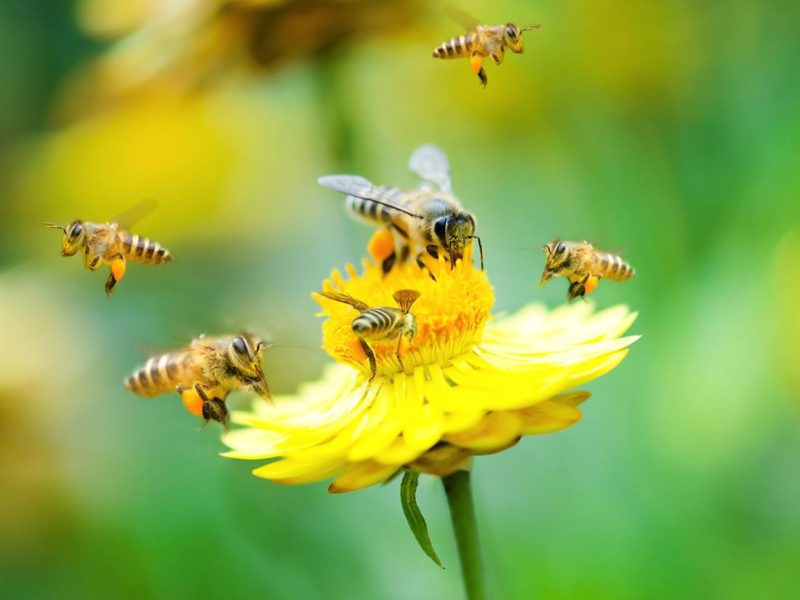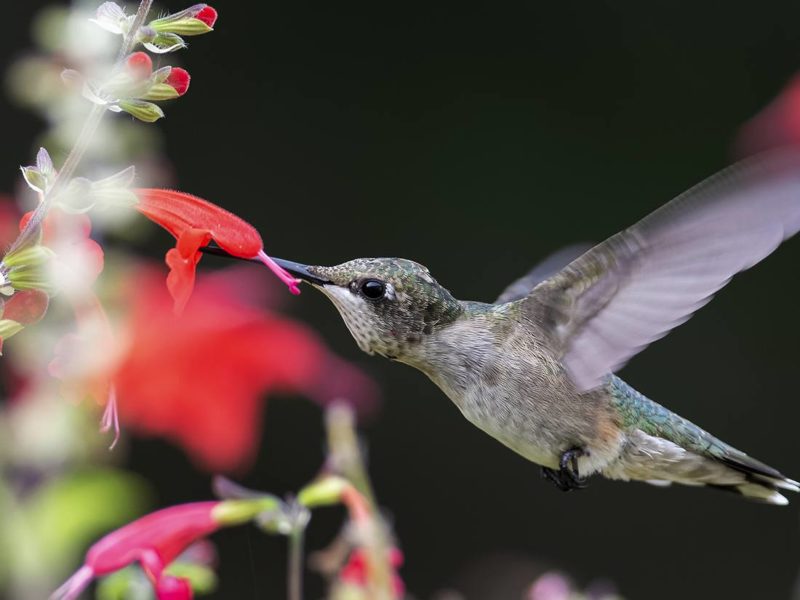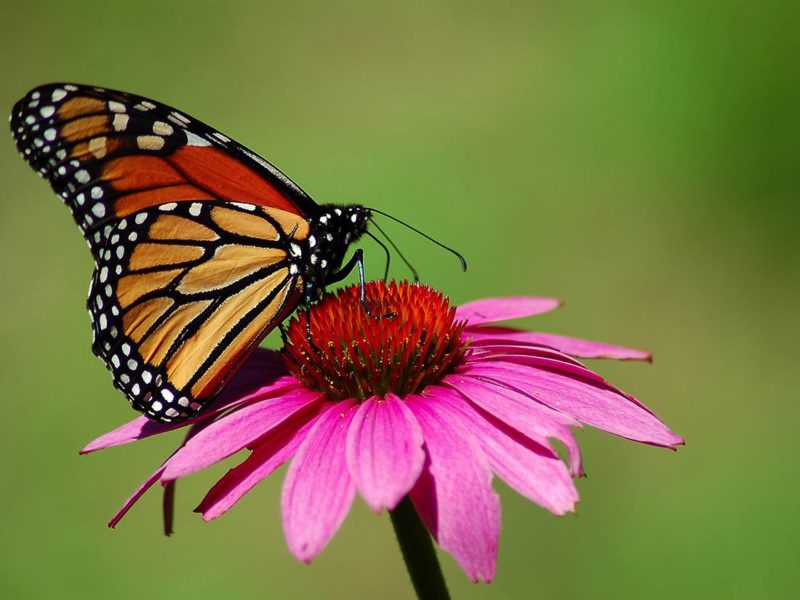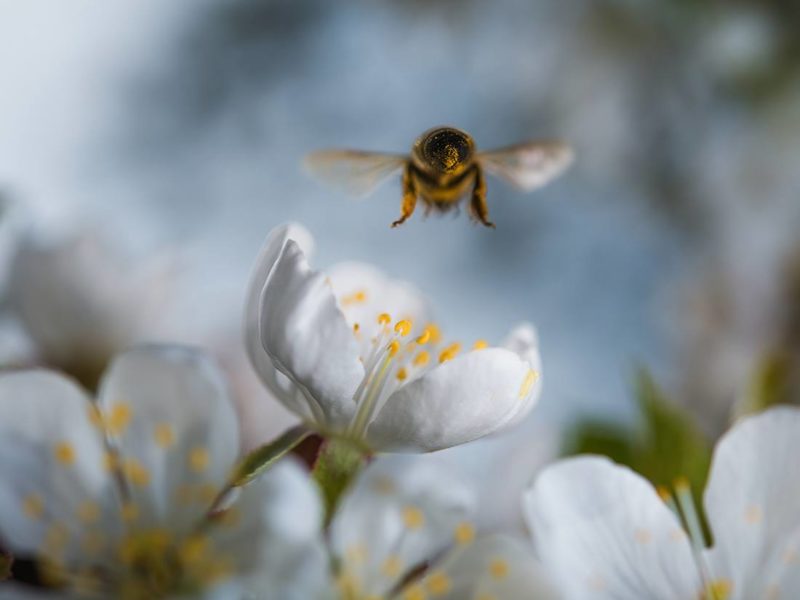Common pesticides are harming birds, too.
Neonicotinoids (neonics) are the most commonly used insecticides in the world, often applied as seed coatings on common crops. Nearly all of the corn seeds and at least a third of soybeans planted nationwide have been pre-coated with these pollinator-harming pesticides (with limited benefit to farmers).
Scientists tell us that the widespread use of neonics is undermining the health of pollinators, including bees, butterflies — and birds. According to the American Bird Conservancy (ABC), “pesticides used in agriculture are the most likely cause of the widespread decline in grassland birds in the United States.”
In a 2013 study commissioned by ABC, researchers determined that a single seed coated with a neonic can kill a songbird. Additionally, “as little as one-tenth of a coated seed per day during the egg-laying season can impair reproduction.” It’s clear neonics are part of the problem.
For more information on the impact of neonics and other pesticides on birds, visit www.abcbirds.org or watch this video from ABC:






